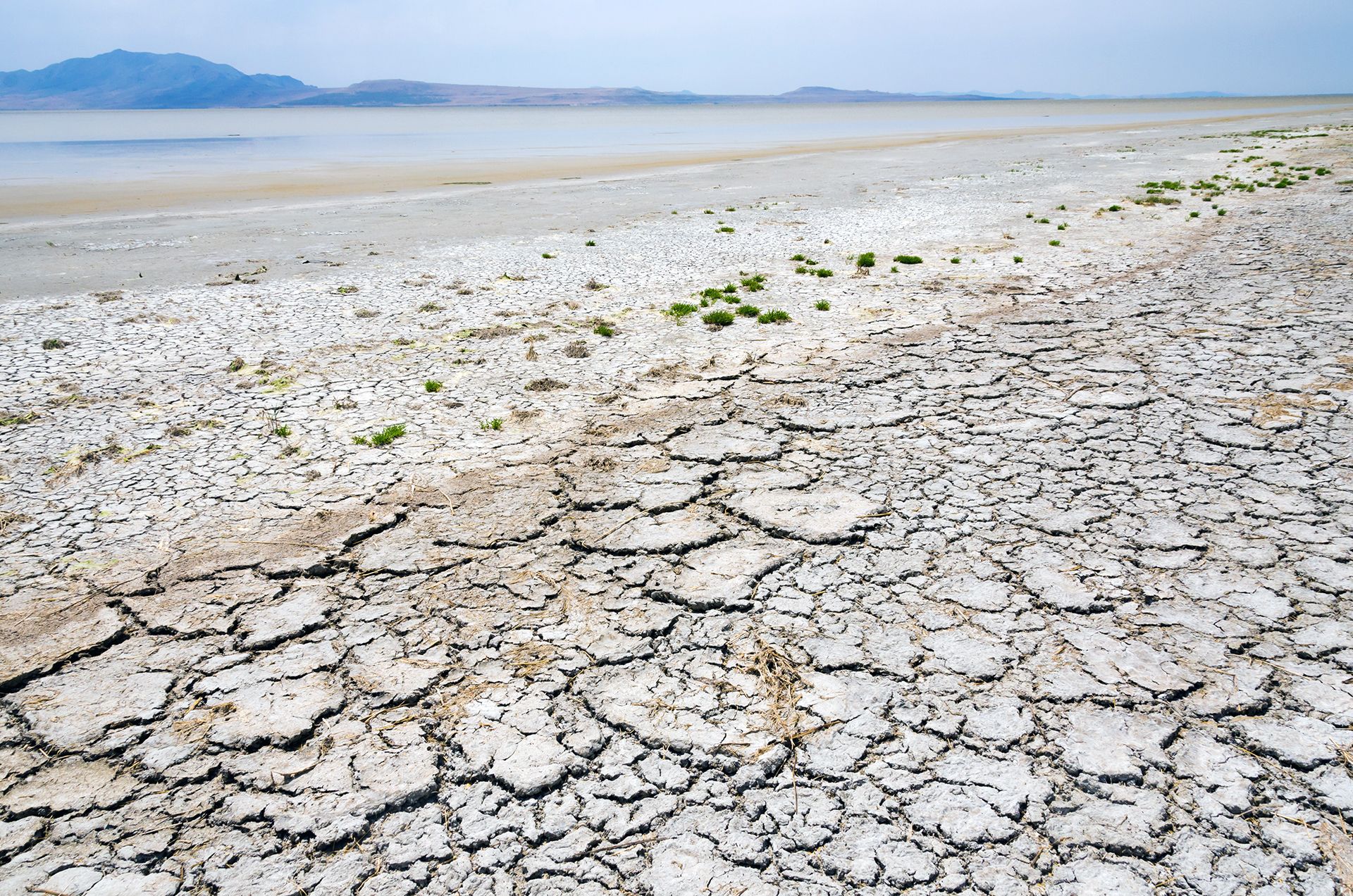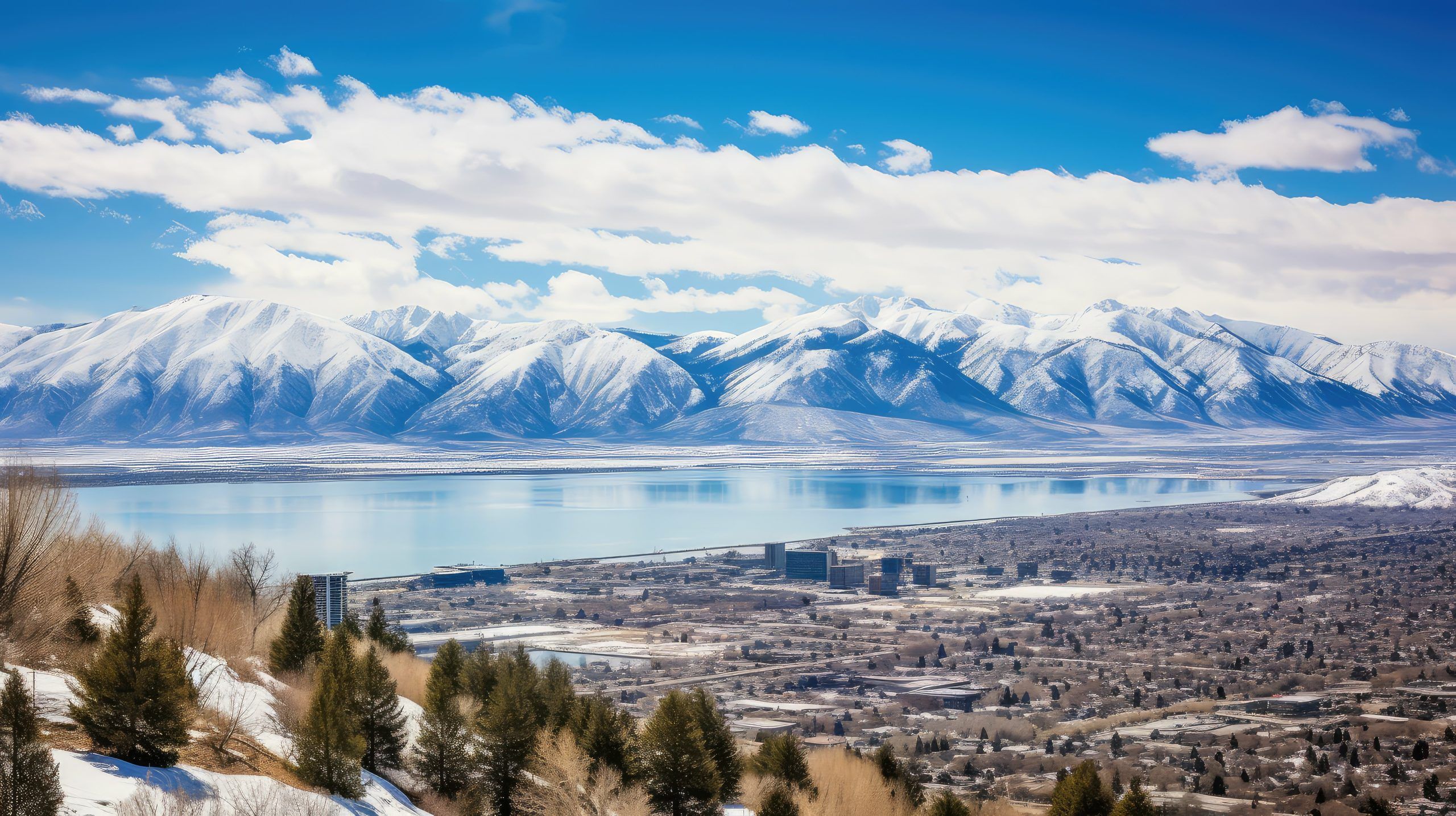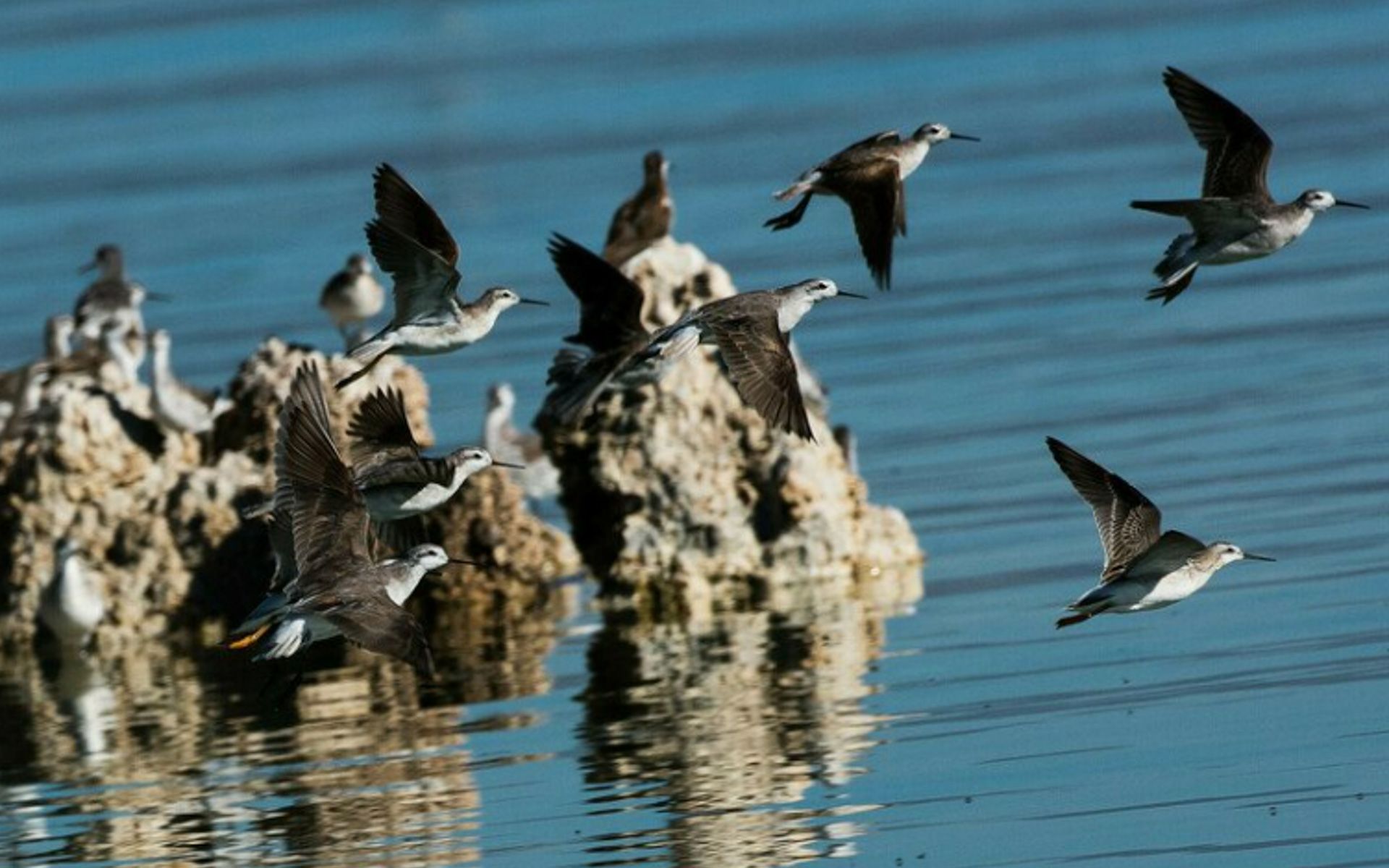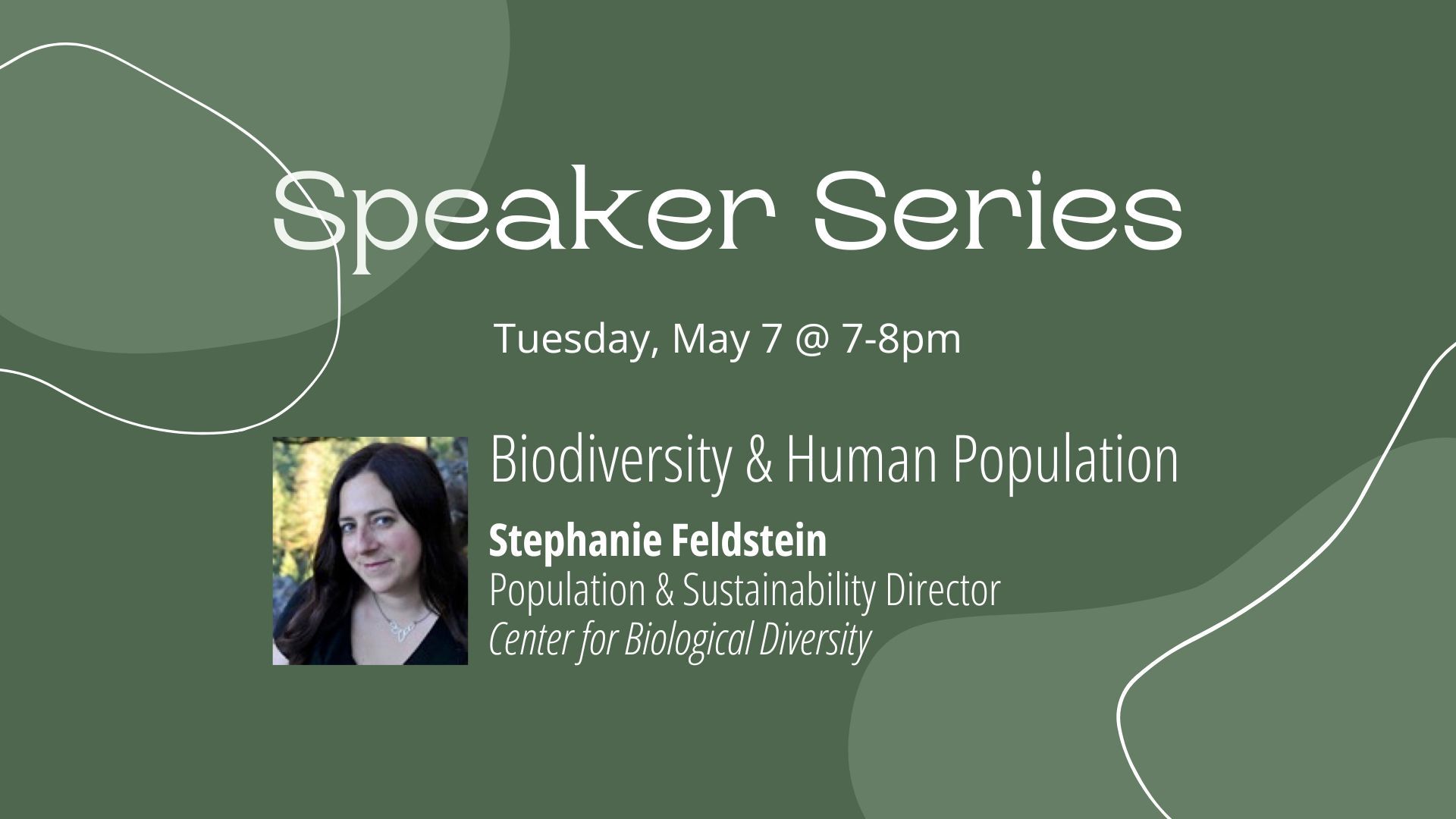Losing Nature

- April 28, 2022
Lately I have been consumed by loss, and by the notion of loss. Working as a physician for the last two years, my confidence in the durability of health, life, and even community, has eroded. Personally, I was lucky. None of my family or close friends died of our plague, but professionally I watched as countless people we cared for intensely progressed with illness, suffered, and ultimately died.
For them, and for the loved ones they left behind, the loss was final. This haunting loss was all encompassing, often unassuming at first, but closing fast.
I am also consumed by Nature, and humanity’s relationship with it. But as I contemplate our world outside of screens and walls, I am overwhelmed and again haunted by our loss of Nature itself, even over my own lifetime. For millennia, the wide-scale degradation of our environment was, in human terms, slow. But, as our numbers have rapidly expanded and our influence on Nature has intensified in recent decades, the pace with which we enact devastating consequences has accelerated dramatically.
Humanity’s relentless growth and consumption, severely lacking in gauge or moderation, has led to an incomprehensible reality.
We have damaged 75% of all land environments and nearly 67% of all marine areas. We have lost a third of our global forests since the end of the last ice age, but fully half of that loss has come in the last century alone, most from the biologically rich tropical forests, regions unmatched with species diversity. Since only 1970, the human population has doubled, while wild vertebrate populations have decreased by nearly 70% and marine life populations by nearly 50%. Global species extinction is occurring at a rate 1000 times greater than the natural background rate due to human-driven habitat loss, overexploitation, pollution, toxification, and critical climate disruption. Without course correction, by the end of the century, up to half of all marine and terrestrial species alive today will be extinct. And yet human populations and our burden on our environments continue to expand, with global populations projected to approach nearly 10 billion by the end of this century.
Nature’s recession — Nature’s Great Depression — is occurring in our own backyard.
In a region renowned for natural beauty and resource, we see it in the overcrowding and degradation of our national parks and local canyons, unrelenting development and extraction, declining snowpack, increasing water scarcity, a shrinking Great Salt Lake, and unhealthy air quality. The changes are happening fast. Yet strikingly, we continue with an unmitigated fervor for economic and physical growth, with Utah’s population projected to nearly double by 2050. Globally and locally alike, our rapidly increasing human overload will only result in more loss of Nature. Without an extraordinary reduction of human growth, environmental destruction, resource depletion and greenhouse gas emission our home planet will become progressively more inhabitable to life as we know it.
I try to remember that not all loss is complete nor permanent. Instead, some is simply misplaced or adrift. There is time for healing and critical recovery. It is true that time is not on our side. To begin with, the time aspect of climate changes makes it hard to take the plunge now. Sure, we think, things will still look pretty much the same over the next few years. And, as the eminent scientist and thinker Vaclav Smil just pointed out, addressing climate change meaningfully would take an unprecedented rethinking of how we balance present benefits against future harms. “Suppose we start investing like crazy and start bringing down the carbon as rapidly as possible,” he imagines. “The first beneficiaries will be people living in the 2070s because of what’s already in the system. The temperature will keep rising even as we are reducing these emissions. So you are asking people now to make quote-unquote sacrifices while the first benefits will accrue to their children and the real benefits will accrue to their grandchildren.” These are important points. But, even if changing now feels like rolling boulders uphill, it is not. Like many human deaths, much loss in Nature is preventable. Desperately needed technical fixes aside, such as changing our energy mix, we can staunch our loss through the expeditious refinement of our cultural principles from consuming Nature to conserving and restoring Her. We must prioritize wide-scale reduction of our human burden and recognize that both a combination of our population numbers and our actions are driving Nature’s trauma. We need to transition to healing. Stabilizing populations, valuing smaller families locally, empowering and educating women globally, and prioritizing the long-term sustainability and quality of life for all life are moral imperatives. For posterity, we must embody our role as stewards of our local and global environments with a sustainable vision for succeeding millennia. The survival of Nature and humanity alike is conditional on our transformation.
“It is important to remember that a striking characteristic of human civilization is its tendency to discount what is most essential to sustaining its long-term existence.”
— Robert Sullivan, “Forest Farewell”
Robert Sullivan, “Forest Farewell,” in Old Growth: The Best Writing about Trees from Orion Magazine (Orion, 2021), 52.
R.E.A. Almond, M. Grooten M., and T. Petersen, “Bending the Curve of Biodiversity Loss, WWF Living Planet Report, 2020 (WWF, 2020).
S. L. Pimm et al., “The Biodiversity of Species and their Rates of Extinction, Distribution, and Protection,” Science 344 (2014).


